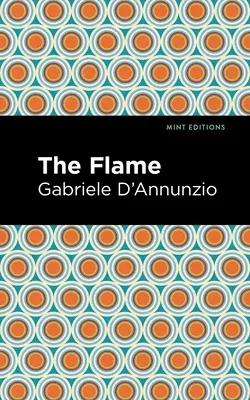The Flame (1900) is a novel by Gabriele D'Annunzio. Inspired by the
author's interpretation of the work of Friedrich Nietzsche and Walter
Pater, The Flame is a semi-autobiographical account of the end of
D'Annunzio's relationship with famed actress Eleonora Dusa. Considered a
central text of Italian Decadentism, the novel has earned comparisons to
the work of Oscar Wilde and Joris-Karl Huysmans. "With an
all-comprehensive glance, she looked around at all the beauty of this
last twilight of September. In the dark wells of her eyes were reflected
the circles of light made by the oar as it flashed in the water, which
was illuminated by the glittering angels that shone from afar on the
campaniles of San Marco and San Giorgio Maggiore." Venice, a symbol of
the Renaissance, is changing. The churches and canals of old remain, but
an era of cultural achievement is coming to a close. As the public
anticipates the death of legendary composer Richard Wagner, who has
taken to his deathbed at the palace of Ca' Vendramin Calergi, Stelio
Effrena dreams of establishing his reputation as one of Italy's greatest
poets. Filled with theories of art and philosophies of life, possessing
an undeniable mastery of language, he nevertheless feels uninspired by
his muse, the aging actress La Foscarina. Meditative and introspective,
The Flame has attracted praise for its portrayal of nineteenth century
Venice, a city seemingly lost in time. With a beautifully designed cover
and professionally typeset manuscript, this edition of Gabriele
D'Annunzio's The Flame is a classic work of Italian literature
reimagined for modern readers.


